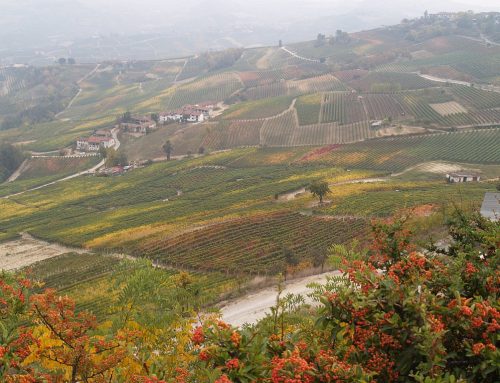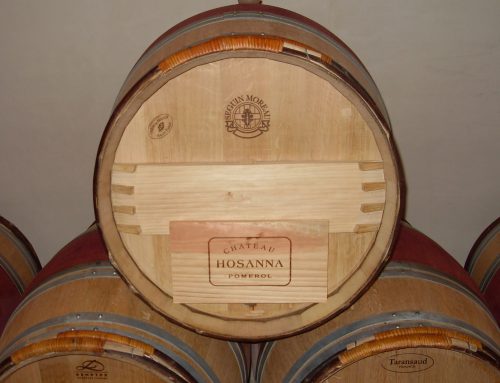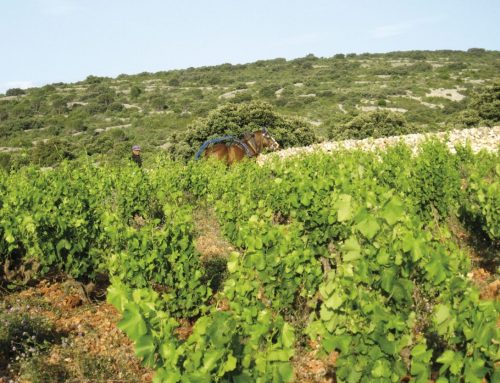Sauvignon blanc is one of the great grapes for making outstanding food-friendly wines like the 2007 Chateau de Sancerre blanc.
Like many French wines whose identity is based on geography, Sancerre is a village and a wine appellation. Located in France’s Loire Valley, the vineyards of Sancerre are planted with approximately 80 percent sauvignon blanc and 20 percent pinot noir grapes.
Chateau de Sancerre has a long and colorful history. It was built in the 10th century, destroyed in 1621 by Henri II, rebuilt in 1874 and is currently owned by the Marnier-Lapostolle company, the family business also responsible for the liqueur Grand Marnier.
Recently, I tasted all three wines produced by Chateau de Sancerre: the 2007 Sancerre blanc and the 2006 Cuvee du Connetable, both sauvignon blancs, and the 2006 Sancerre rouge, made from pinot noir.
The similarity of Chateau de Sancerre’s Sancerre blanc and Cuvee du Connetable ends with them both being pure sauvignon blanc wines. The 2007 Sancerre blanc is made in the traditional method of fermenting and aging in stainless steel tanks. This yields a crystal-clear white wine that has pronounced lime, grapefruit, lemon and cilantro aromas. Its medium body is built around palate-pleasing citrus flavors with a distinct lime-like finish. The crisp acidity is matched with the rich fruit, which creates a vibrant mouth feel and a perfectly balanced wine. It is classic sauvignon blanc.
In 2002, Chateau du Sancerre created its first Cuvee du Connetable, which has a decidedly more modern angle. It is made from a selection of sauvignon blanc grapes from the chateau’s best plots. A portion is fermented and aged in oak barrels for a year, while the other part is aged in stainless steel tanks. After blending, all the wine is transferred to stainless steel tanks for another year of aging.
Using oak barrels in the wine-making process creates a yellowish hue and reduces the grape’s vibrant citrus aromas, flavors, and acidity while adding a vanilla bean scent and taste to the wine. It is not the candied accent that California wine-makers instill into sauvignon blanc by extensive use of new French oak barrels, but it is certainly aiming for consumers who like their wines heavier on the palate, higher in alcohol, and less sharp. I prefer my sauvignon blanc au natural.
Regrettably, Chateau de Sancerre is not sending its very tasty pinot noir to our market. I was informed that later this year or next, a small quantity will be available in New York. I think wine consumers on this side of the Hudson River are just as knowledgeable and our market important enough to be entitled to a portion of the American allocation. I hope Chateau de Sancerre and its importer, Moet Hennessy USA, agree.
I enjoyed Chateau de Sancerre’s 2007 Sancerre white wine with a grilled chicken salad. Try it with grilled pork chops, tangy Mexican or spicy Thai dishes, and you’ll be delighted with how its citrus qualities and palate-cleansing acidity enhance the food.
The 2007 Chateau de Sancerre blanc retails for approximately $25.







Leave A Comment